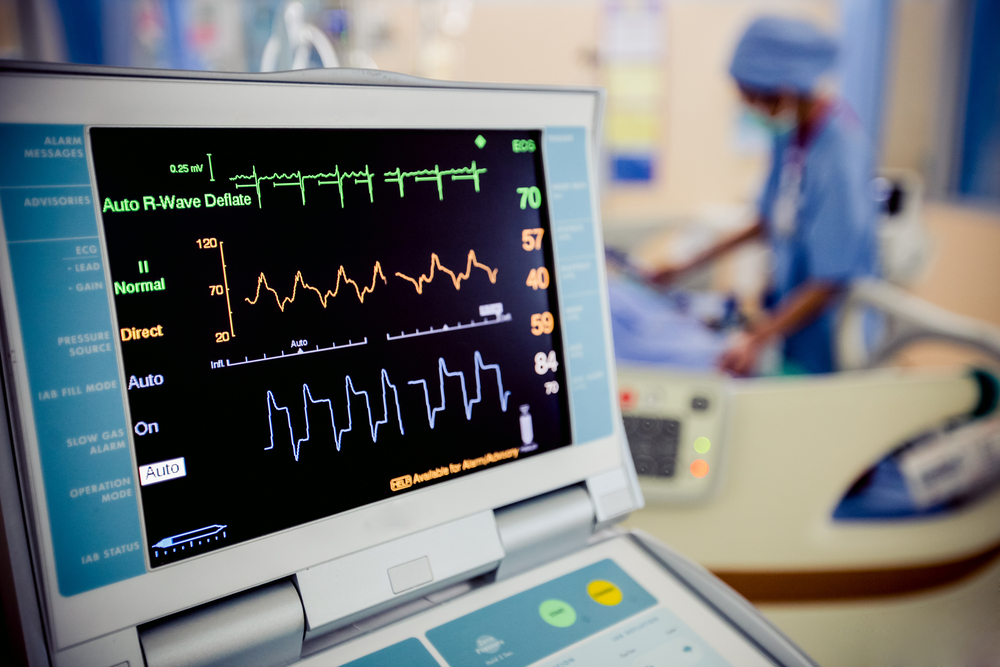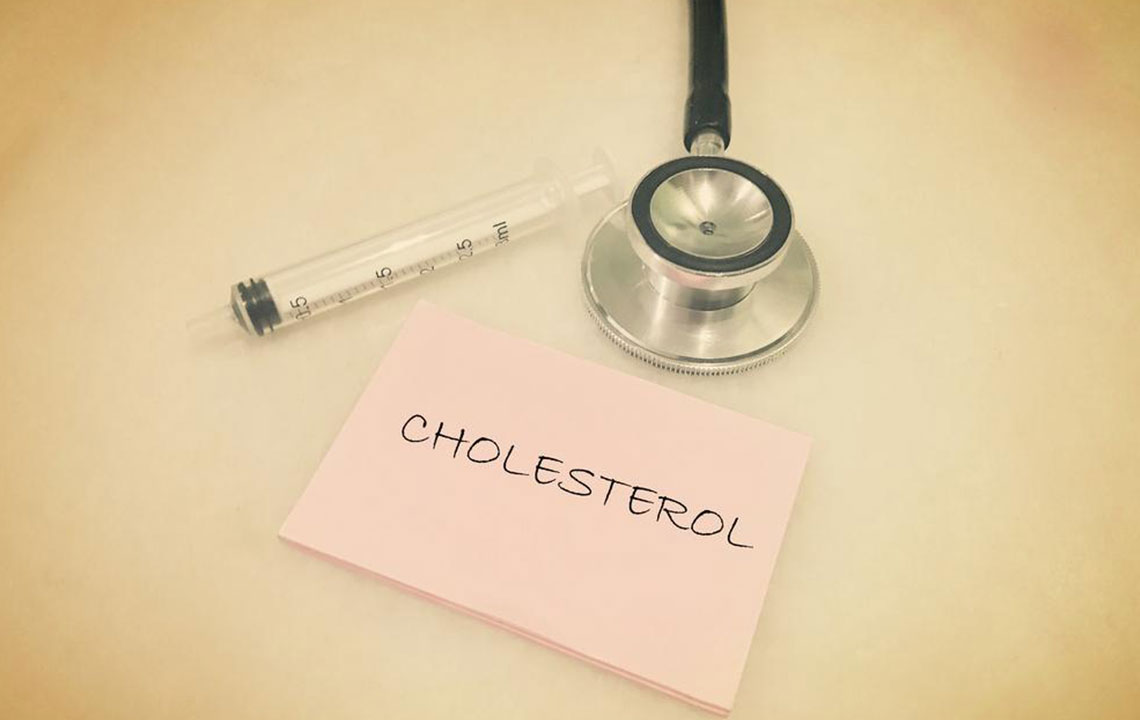Understanding Heart Rate: When to Be Concerned
Learn how to assess your heart health by understanding normal and abnormal heart rates. This guide explains the significance of maintaining a steady heart rhythm, identifies causes of slow and rapid heartbeat issues, and offers tips for a healthy lifestyle to keep your heart in optimal condition. Recognizing symptoms and when to consult a doctor can prevent serious health problems. Stay informed about your heart's health and take proactive steps for overall well-being.

Understanding Heart Rate: When to Be Concerned
Understanding Your Heart Rate: When Should You Seek Medical Advice?
Keeping your heart rate steady is essential for overall health, much like maintaining a vehicle—avoiding rapid surges or sluggish paces. The ideal heart rhythm indicates good health, but daily stress and lifestyle factors can affect it. Ignoring subtle signs like irregular heartbeats may lead to complications. Recognizing abnormal heart rates can be crucial for early intervention and better health outcomes.
The heart’s normal functioning is vital because it ensures the proper flow of blood, delivering oxygen and nutrients to all body parts. Disruptions can impair daily activities and overall well-being. Let’s explore all about heart rate, what constitutes a normal range, and when deviations become concerning.
What constitutes a normal heart rate?
Typically, a resting heart rate between 60 and 100 beats per minute (BPM) is considered normal. Rates below 60 BPM are termed bradycardia, while over 100 BPM is known as tachycardia.
Many experts suggest an optimal resting heart rate falls between 50 and 70 BPM.
Age and activity level influence what is considered a normal heart rate for each individual.
What does a slow or rapid heart rate indicate?
A heart rate below 60 BPM is labeled as bradycardia.
Healthy individuals may have a slow heart rate due to factors like physical fitness, medication, or sleep.
Conversely, underlying health issues such as cardiac conditions, infections, high potassium levels, or thyroid problems can cause an abnormally slow heartbeat.
What causes a high or fast heart rate?
A heart rate exceeding 100 BPM is considered tachycardia.
It can arise from physical exertion, stress, stimulants like caffeine, or substance use.
Persistent rapid heart rate may be linked to anemia, lung conditions, hormonal imbalances, or heart diseases.
How to determine your maximum safe exercise heart rate?
Age-based calculations help estimate safe exercise intensity. For example, at age 40, subtract 40 from 220 to get 180. Multiplying this by 0.7 and 0.8 provides a target range: 126 to 144 BPM.
Reaching this range during exercise signifies a rigorous routine.
Signs and symptoms to watch for?
Irregular or abnormal heart rhythms may be detected during physical exams or ECG tests. Symptoms include fatigue, fainting, chest discomfort, shortness of breath, dizziness, or rapid heartbeat sensations. Consulting a healthcare provider for diagnosis and advice is necessary.
Tips for maintaining heart health and normal heart rate
Consume a diet rich in fruits, vegetables, whole grains, and lean proteins like fish.
Avoid smoking and limit alcohol intake.
Monitor your diet and maintain cholesterol and calorie levels.
Engage in regular physical activity such as walking, jogging, swimming, or sports.










